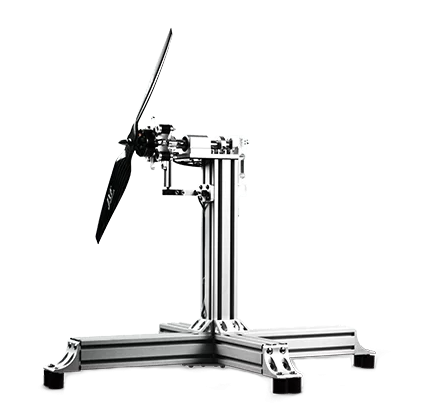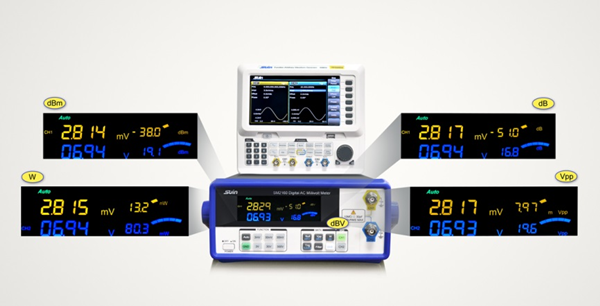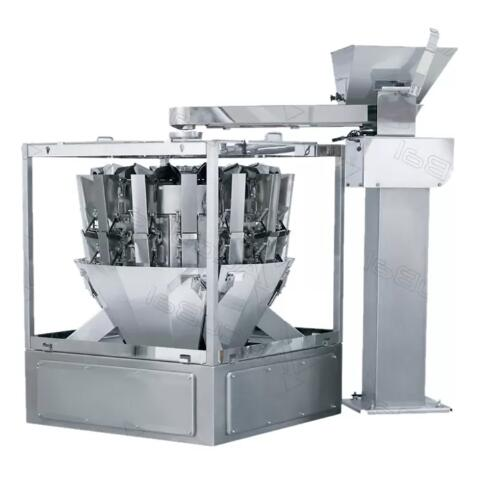Understanding the Difference: Tan Delta Test vs. Megger Test
When it comes to assessing the health and integrity of electrical insulation systems, two common methods employed are Tan Delta Test and Megger Test. Each serves a distinct purpose in detecting potential faults or weaknesses within electrical systems, offering valuable insights to engineers and technicians. In this comprehensive guide, we delve into the nuances of these tests, elucidating their differences, applications, and benefits.
Tan Delta Test: Unveiling the Power of Dielectric Dissipation
The Tan Delta Tester also known as the Dissipation Factor Test, is a sophisticated diagnostic technique used to evaluate the condition of insulation in high-voltage apparatus. It operates on the principle of measuring the dielectric dissipation factor or tan delta (δ), which signifies the energy loss within the insulation material. By subjecting the insulation to a high-frequency voltage, this test can discern subtle defects such as moisture ingress, contamination, or aging effects.

How Tan Delta Test Works
During the Tan Delta Test, a precision instrument applies a sinusoidal voltage signal to the insulation under test while simultaneously measuring the current and phase angle between voltage and current waveforms. The tangent of the phase angle yields the tan delta value, indicating the level of energy dissipation within the insulation. A high tan delta value suggests significant losses, indicative of potential insulation degradation.
Applications and Significance
Tan Delta testing is indispensable in assessing the condition of critical assets such as transformers, cables, generators, and bushings. It offers precise insights into the insulation's health, enabling proactive maintenance strategies and preventing catastrophic failures. By detecting early signs of deterioration, Tan Delta testing facilitates timely interventions, prolonging the lifespan of electrical equipment and ensuring operational reliability.
Measurement & Analysis Instruments
Megger Test: Evaluating Insulation Resistance with Precision
What are the top considerations for choosing the best drone to carry weight?
Key Questions to Ask When Ordering Engine Speed Measurement
How to Choose How to Measure Speed of Motor
Key Questions to Ask When Ordering Drone Testing
How to Achieve Wingflight: Tips and Techniques
How Does Artificial Intelligence Work?
In contrast, the Megger Test, also referred to as Insulation Resistance Test, focuses on assessing the electrical resistance of insulation materials. It is primarily utilized to detect insulation defects, such as cracks, voids, or contamination, by measuring the resistance to current flow across the insulation.
Operation of Megger Test
During a Megger Test, a high-voltage DC source is applied to the insulation under test, while the Megger instrument measures the resulting current flow. By analyzing the ratio of applied voltage to the measured current, the test determines the insulation resistance in ohms. A high resistance value signifies intact insulation, whereas a low value may indicate the presence of faults or moisture ingress.
Applications and Advantages
Megger testing finds widespread application in assessing the insulation integrity of electrical cables, motors, switchgear, and other components. It is instrumental in identifying potential weaknesses before they escalate into costly failures, thereby enhancing system reliability and safety. Moreover, Megger testing can be performed quickly and non-destructively, making it a preferred choice for routine maintenance and troubleshooting activities.
Key Differences and Comparative Analysis
While both Tan Delta and Megger tests aim to evaluate insulation integrity, they differ significantly in their operating principles, applications, and sensitivity to certain types of faults. Here's a comparative analysis highlighting their distinct features:
| Aspect | Tan Delta Test | Megger Test |
|---|---|---|
| Principle | Measures dielectric dissipation factor (δ) | Measures insulation resistance |
| Frequency | Typically conducted at high frequency (kHz) | Utilizes DC voltage source |
| Sensitivity | Detects subtle defects and moisture ingress | Identifies insulation resistance variations |
| Application | Critical assets like transformers, generators | Electrical cables, motors, switchgear |
| Diagnostic | Provides detailed insights into insulation condition | Detects presence of faults or moisture ingress |
| Maintenance | Enables proactive maintenance strategies | Facilitates routine testing and troubleshooting |
Conclusion
In conclusion, understanding the difference between Tan Delta Test and Megger Test is crucial for effectively assessing the insulation integrity of electrical systems. While Tan Delta testing offers unparalleled sensitivity to subtle defects and moisture ingress, Megger testing provides rapid and reliable assessment of insulation resistance. By incorporating both techniques into maintenance protocols, engineers and technicians can ensure the reliability, safety, and longevity of critical electrical assets.
Suggested reading:Things You Need to Know About Ampoule Testing
Why Engine Test Equipment is Essential
How Does Gravimetric Water Meter Test Bench Work?
Three Phase Power Analyzer: Accurate Measurements for Electrical Systems
Types of Optical Domes: A Comprehensive Guide
The Science Behind Engine Test Benches: Unlocking Performance and Efficiency
Choosing an IMU: FOG vs MEMS IMUs
- Previous: What are the top considerations for choosing the best drone to carry weight?
- Next: None









